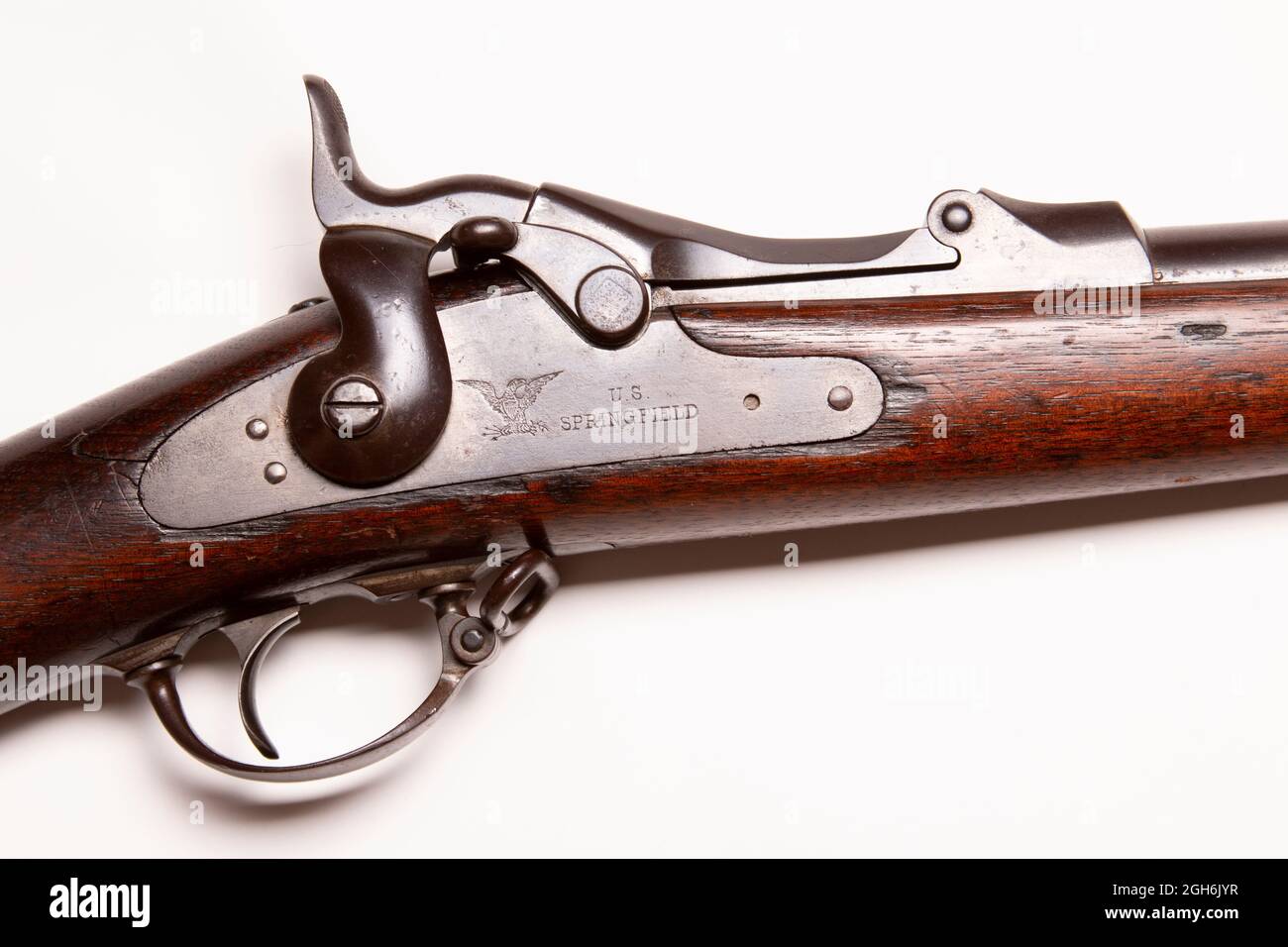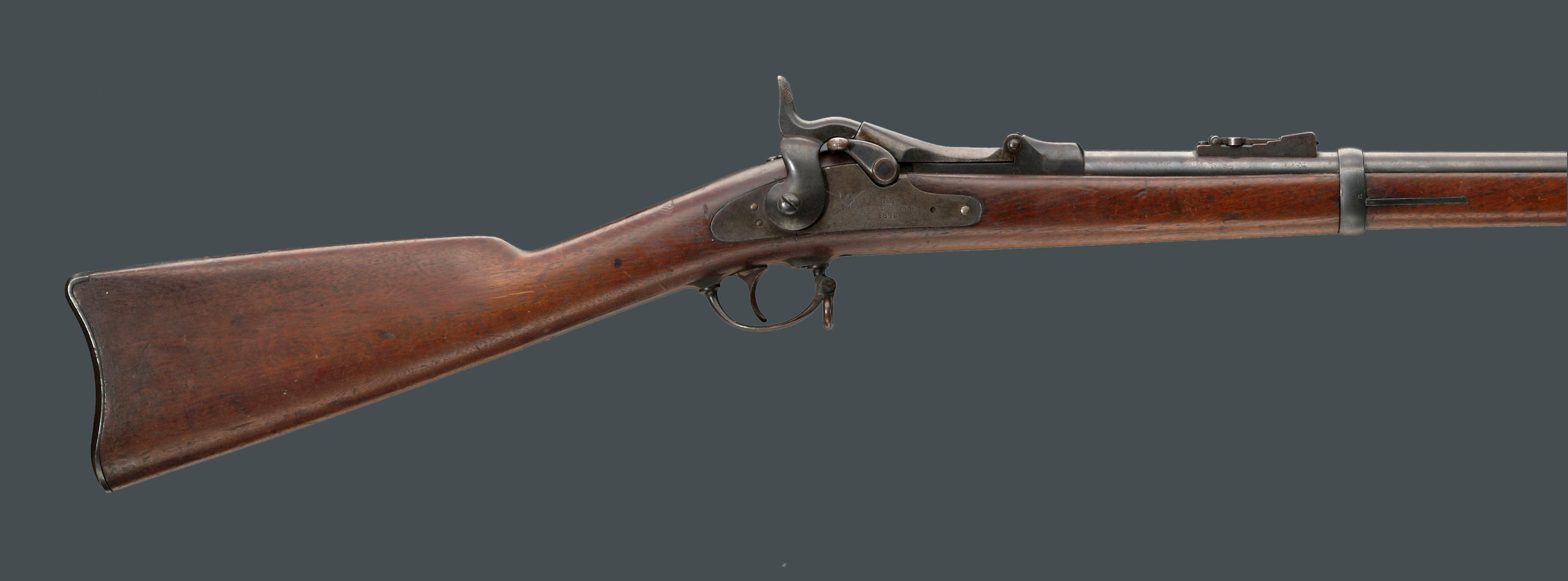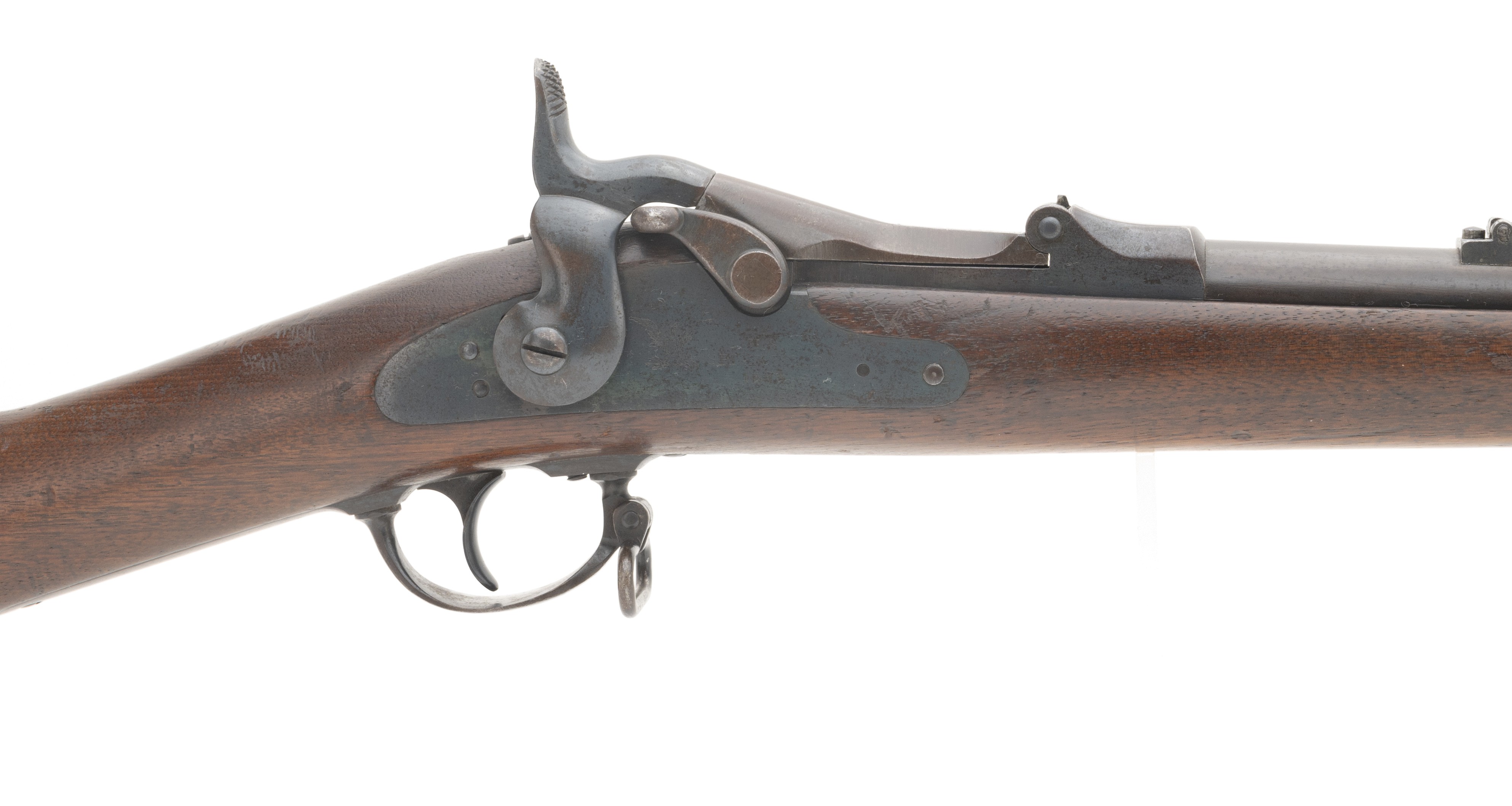
Always check first, of course, to be sure the weapon you are about to handle is unloaded. This drawing comes from the author’s book, Antique Firearms Assembly/Disassembly, published by Krause Publications.ġ. For part numbers, refer to the illustration on the opposite page. Springfield rifles and carbines using the trap-door system, as well as most modern reproductions of the Springfield. Note that, with some small variations, the following disassembly procedures will work for all of U.S. As a result, the gunsmith is likely to run into many of the original variants as well as the modern-made reproductions of this grand old rifle. In any case, hundreds of thousands of these trap-doors rifles, carbines, and shotguns have been sold as military surplus over the hundred years since the turn of the 19th century. As history shows us, it was an expedient that worked better in theory than it did in practice. This action system was merely an expedient which was intended to save the Army money by developing a system for converting surplus muzzle-loading rifles to shoot metallic cartridges. As ingenious as the design was, it must be remembered that it was not designed as a state-of-the-art cartridge rifle. The trap-door action was never noted for great strength, nor did it develop a reputation for reliable extraction and ejection. Pitted against the Spanish who were armed with state-of-the-art Mauser bolt-action repeaters and smokeless ammunition, the old single-shot rifles with blackpowder cartridges were hopelessly outclassed and showed they were ready to be retired.

In fact, many single-shot Springfield rifles and carbines were carried into the Spanish American war in 1898 by volunteers and guard units in Cuba. Some years after its official obsolescence, the venerable trap-door Springfield was still in use by our military. Army liked their Springfield rifle and the Armory produced over half a million of them in all, the last of these leaving Springfield Armory in 1894. The greatly increased firepower offered by commercially available “sporting” repeaters like the Winchester lever-action left the single-shot looking like a poor relation.īe that as it may, the U.S. As early as the mid-1870s, it was becoming apparent (to some) that the single-shot Springfield rifle would soon be outdated by world military standards. Army in regular service until it was officially replaced by the Krag bolt-action repeater in 1892. The trap-door action was successfully used by the U.S. 45-caliber rifle cartridge using 70 grains of blackpowder. By 1873, the Army eventually settled on a. These new rifles still made use of many parts from the old rifle musket. From 1868 on, Springfield Armory made the rifles using separate receivers with new screw-in barrels in. This hinged-breech design was continually improved, and soon the idea of converting all the leftover musket barrels was dropped.


58-caliber barrel down to accept the new caliber. 50-caliber centerfire using the Allin system. In 1866, the armory converted 25,000 Model 1863 rifles to. The breechblock was locked closed into the rear of the barrel by a cam latch. It made use of a hinged breech block that attached to the barrel top.

58-caliber rimfire cartridge, were manufactured at Springfield Armory.Įrskine Allin’s system involved cutting away the top section of the muzzle-loading rifle barrel at the breech. Designated the Model of 1865, 5,000 of these single-shot rifles, chambered for a. Allin, master armorer at Springfield Armory, the trap-door rifle was originally built as a breech-loading conversion of the muzzle-loading 1861 Springfield percussion rifle. History of the Springfield Trap Door Rifleĭesigned by Erskine S.


 0 kommentar(er)
0 kommentar(er)
